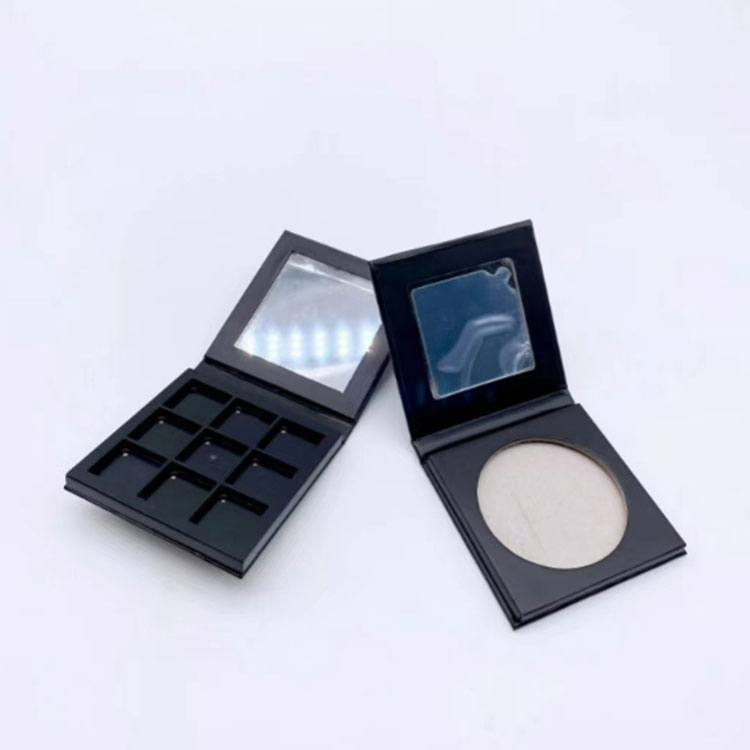- English
- Español
- Português
- русский
- Français
- 日本語
- Deutsch
- tiếng Việt
- Italiano
- Nederlands
- ภาษาไทย
- Polski
- 한국어
- Svenska
- magyar
- Malay
- বাংলা ভাষার
- Dansk
- Suomi
- हिन्दी
- Pilipino
- Türkçe
- Gaeilge
- العربية
- Indonesia
- Norsk
- تمل
- český
- ελληνικά
- український
- Javanese
- فارسی
- தமிழ்
- తెలుగు
- नेपाली
- Burmese
- български
- ລາວ
- Latine
- Қазақша
- Euskal
- Azərbaycan
- Slovenský jazyk
- Македонски
- Lietuvos
- Eesti Keel
- Română
- Slovenski
Selection and craftsmanship of cosmetic packaging boxes
2025-09-30
Selection of cosmetic packaging boxes
Paper box packaging is an important form of cosmetic packaging. For paper box processing companies, the degree of centralized processing of cosmetic paper boxes is not very high. A variety of varieties and fast iteration and update are the characteristics of cosmetic companies. The threshold for paper box processing companies is not high. Most paper box processing companies can produce, but they have high requirements for post-printing. Therefore, there are not many companies specializing in the production of cosmetic paper boxes. It is recommended that you choose a well-known manufacturer. For example: Dongguan Xiyangyang Packaging Materials Co., Ltd.

Reasons for selection
(1) In terms of color design, there are many varieties from simple to luxurious; in terms of printing technology, it uses advanced technologies such as multi-color printing, UV varnishing, hot stamping, and hot silvering to make the patterns colorful and rich in texture.
(2) It has high requirements for the control of environmental temperature and humidity, and strictly controls the moisture content, mold and starch content in glue, and some hazardous substances of cosmetic paper boxes.
(3) In terms of structure, cosmetic packaging boxes pay attention to details and practicality, such as magnetic opening and closing, leak-proof design, portable handles, etc.
(4) It has a strong enforcement of relevant standards and is also very strict. We have professional technology and advanced imported machinery, providing you with one-stop service.
The following are the parameters of one of our products:
| Item | Details |
|---|---|
| Size | Standard size |
| Industrial Use | Beauty industry |
| Characteristics | Recycled materials |
| Plastic Type | Polypropylene, ABS |
| Printing Treatment | UV coating, embossing, screen printing |
| Custom Orders | Accepted |
| Shape | Square |
| Magnetic Design | The internal and bottom of the eyeshadow pan box is generally designed with magnetic material, allowing the eyeshadow pan to be easily attached inside the box and stay stable. This design not only enables users to quickly insert and remove the eyeshadow pan, but also prevents the eyeshadow pan from sliding or being damaged during movement. |
Manufacturing process of cosmetic packaging boxes
01. Lamination
This is a post-printing surface finishing process, also known as lamination, mounting, or post-print laminating. It involves using a laminating machine to cover the surface of a printed product with a 0.012-0.02mm thick layer of transparent plastic film, creating a paper-plastic composite product.
02. Varnishing (Varnish, Matte Varnish, UV Varnish)
This process involves applying (or spraying, or printing) a colorless, transparent coating (varnish) to the surface of a printed product. After leveling, drying, and calendering, a thin, uniform, transparent, glossy layer is formed on the surface of the printed product. Varnishing methods include full varnishing, spot varnishing, glossy varnishing, matte (matte) varnishing, and special coatings.
03. Polishing
The varnishing process is performed in two units: the varnishing unit and the hot press. Printed materials are first coated with varnish in a standard varnishing machine. After drying, they are then hot-pressed using stainless steel belts in a calender. After cooling and peeling, the printed material's surface achieves a mirror-like reflective effect, resulting in a high gloss.
04. Reverse UV Process
Reverse varnishing is a different process from traditional spot varnishing. It allows the simultaneous creation of a mirror-like, high-gloss effect and a matte or matte, low-gloss effect on the same printed material, creating a greater contrast in brightness and achieving a better varnishing effect. Furthermore, because the low-gloss areas are printed using offset printing, register is very accurate, ensuring the printing accuracy of the high-gloss areas.
05. Embossing (refraction, deep embossing, full-print)
A post-processing process in which paper is pressed against a plate cylinder and an impression cylinder, resulting in various textures (patterns of uneven shapes) appearing on the product surface.
06. Hot Stamping
This is the process of applying metal foil to printed materials or other surfaces through heat and pressure to create a decorative effect.
07. Cold Stamping
This is the process of applying metal foil to printed materials or other surfaces using pressure, adhesion, and peeling forces, without the use of heat.
08. Gold Rubbing
This is the process of printing text or designs with a certain paste, then applying golden metal powder while the paste is still wet, allowing it to adhere. The excess powder is then brushed off, revealing the golden text or design.
09. Gold Rolling
This is the process of applying paste to the edges of various books, then applying golden metal powder while the paste is still wet, allowing it to adhere. The golden text or design is then revealed.
10. Stamping (embossing, debossing, Braille, relief)
This is a specialized process for surface finishing of printed materials. It utilizes both negative (concave) and positive (convex) molds, mechanically applying pressure exceeding the elastic limit of the printed substrate to create an artistic effect on the printed surface. This enhances the three-dimensional effect of the printed image.
11. Screen Printing
This includes UV processes such as UV frosting, UV ice flower, UV foaming, UV wrinkle, UV embossing, UV refraction, UV gemstone, UV light-fixing ink, and UV varnish.
Ultraviolet ink is applied to substrates with a metallic mirror finish using screen printing. After exposure to UV light, a unique visual effect is created, creating an elegant, dignified, and luxurious appearance. This product is primarily used for printing high-end, exquisite packaging for tobacco, alcohol, cosmetics, health products, food, and pharmaceuticals.
12. Die-cutting
This process uses a die-cutting machine to cut paper into a specific shape using a steel blade (or a die carved from a steel plate) arranged in a die frame.
13. Punching
The holes are relatively large in diameter and are few in number. This process can be done manually or by machine. Each punching action can penetrate more than one sheet of paper of a certain thickness.
14. Creasing
This process uses a steel wire to create impressions or grooves on the paper for bending.




